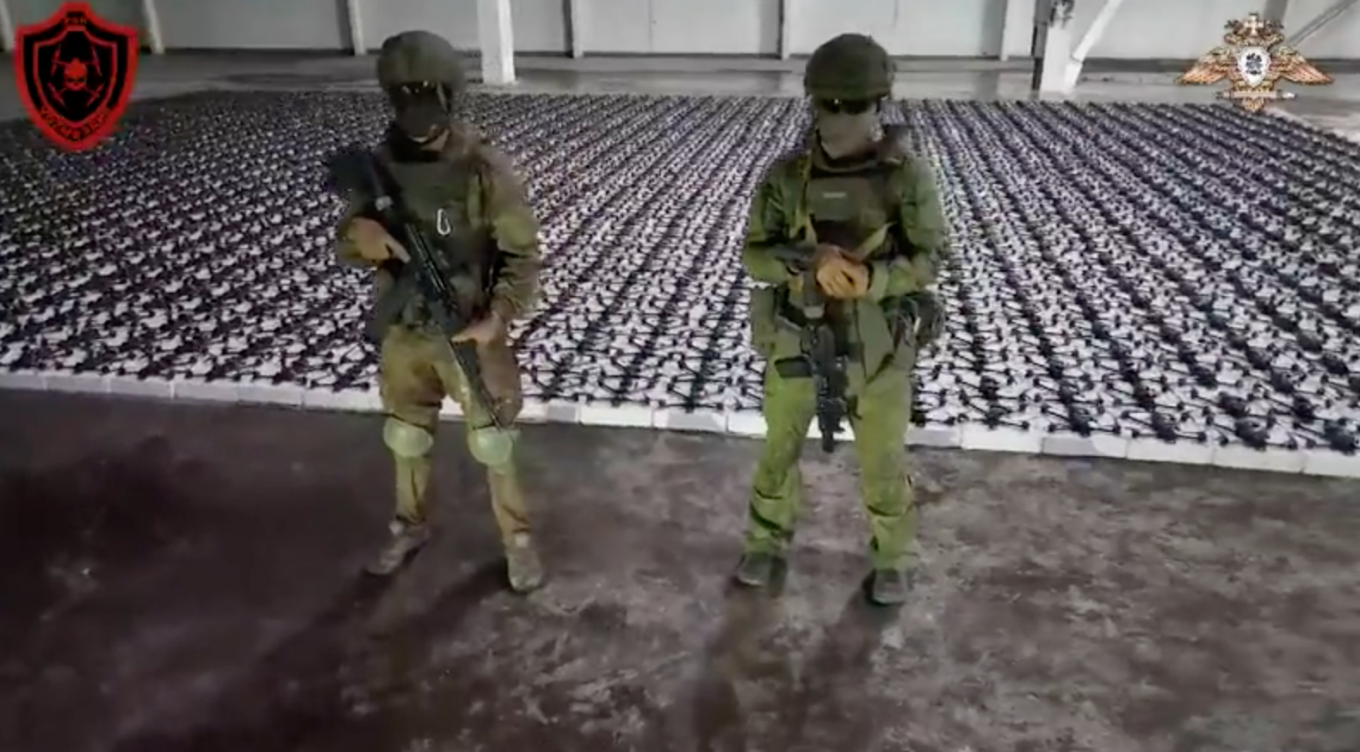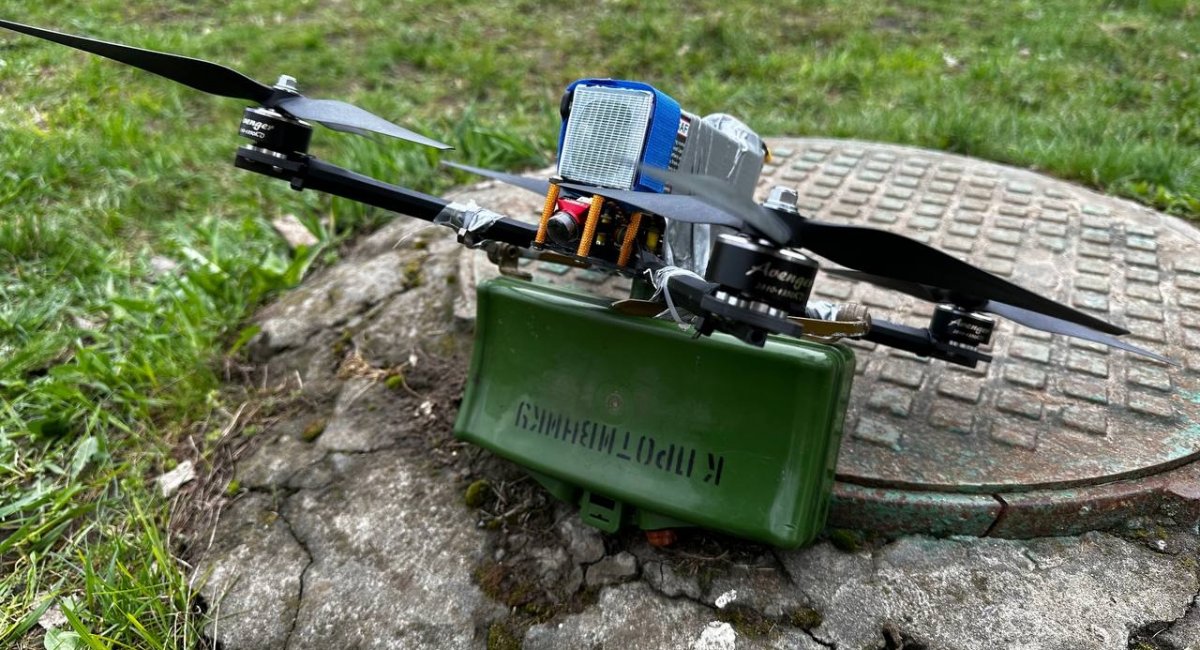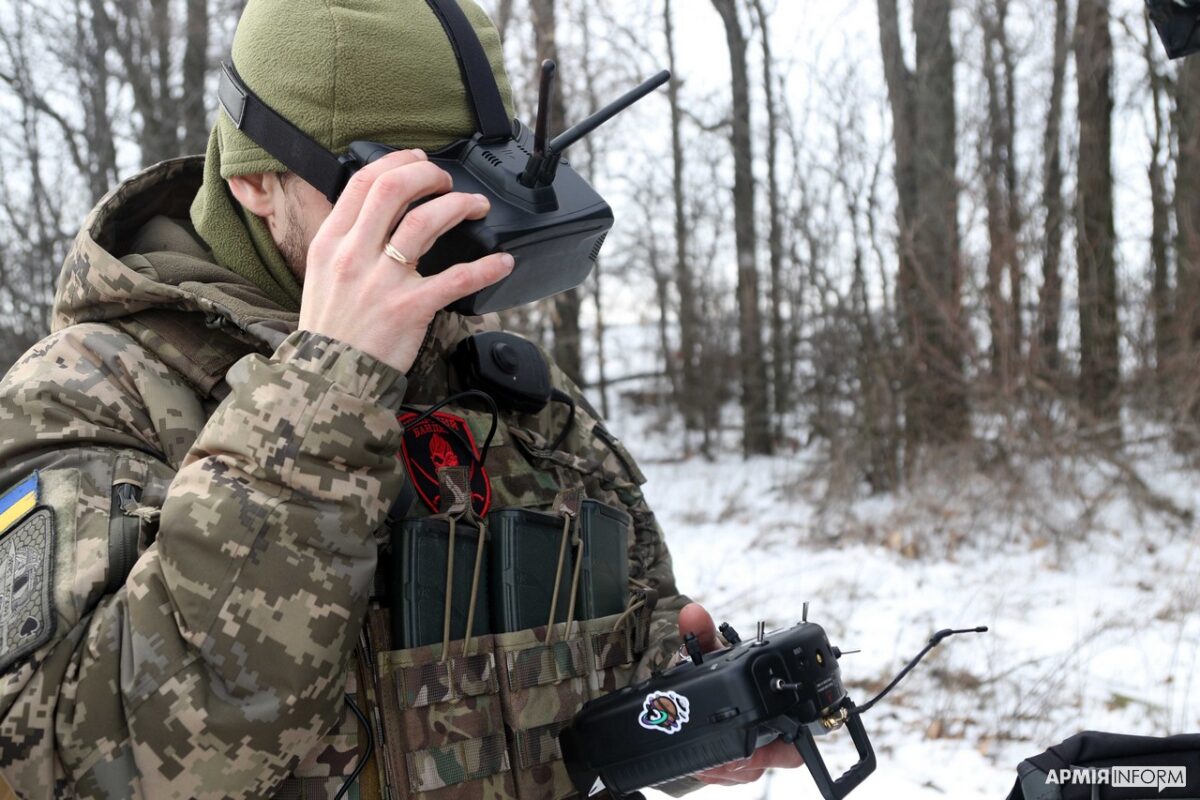
It seems that the occupiers have launched a large-scale mass production of FPV drones, and this is actually a very serious threat
FPV drones are by no means another “miracle weapon,” but they are a serious enough threat that they need to be countered immediately – and the ways to do so are actually quite clear
The Russian defense industry could launch a large-scale mass production of FPV drones – according to the Rashists, the fighters of the southern group of troops received a batch of “several thousand units” of such drones and, apparently, there will be more of them in the future – a well-known communications specialist Sergei Flesh draws attention to this in particular.

And although one could say that the occupiers often use words to contradict real facts, here we have a problem with a really serious threat that requires special attention, especially if we are talking about the fact that the occupiers will be able to “put in place” the supply of thousands of FPV drones to the Russian army directly on the battlefield.
Defense Express notes that the Russian occupation army is already actively using FPV drones on the battlefield, and has generally intensified this area, including increasing their production and generally improving them, including in terms of EW resistance.

Our military is also actively and efficiently using FPV drones on the battlefield (and here we can actually say that it was our occupiers who “spied” this idea), destroying Russian armored vehicles, including tanks, multiple launch rocket systems, heavy flamethrower systems, and even air defense systems.
One of the main advantages of an FPV drone is its price, since a drone with a cost ranging from $500-600 to $1,000 or more can destroy weapons and military equipment hundreds or thousands of times more expensive.
However, of course, FPV drones are not some unique miracle weapon. Earlier, Defense Express spoke with Viktor Taran, head of the Kruk UAV Operator Training Center, who told us in detail about the effectiveness of these drones on the battlefield and their place in the ranks.
Despite all the nuances, today FPV drones remain one of the means of destruction – quite effective and unpleasant – and the fact that the occupiers can massively acquire such drones and use them on the battlefield should be taken seriously.

And, as Serhiy Flesh also notes, there are two ways to counteract this threat. First, it is the organization of large-scale serial production of FPV drones, which would be supported at the state level.
The second area is how to counteract these drones. This includes the so-called “anti-lance nets” that have already demonstrated their effectiveness against Russian kamikaze drones. But the most important thing is the large-scale production and supply of so-called “trench REBs” to the troops, which should help our military to better counter the threat of FPV drones from the Russian army.

